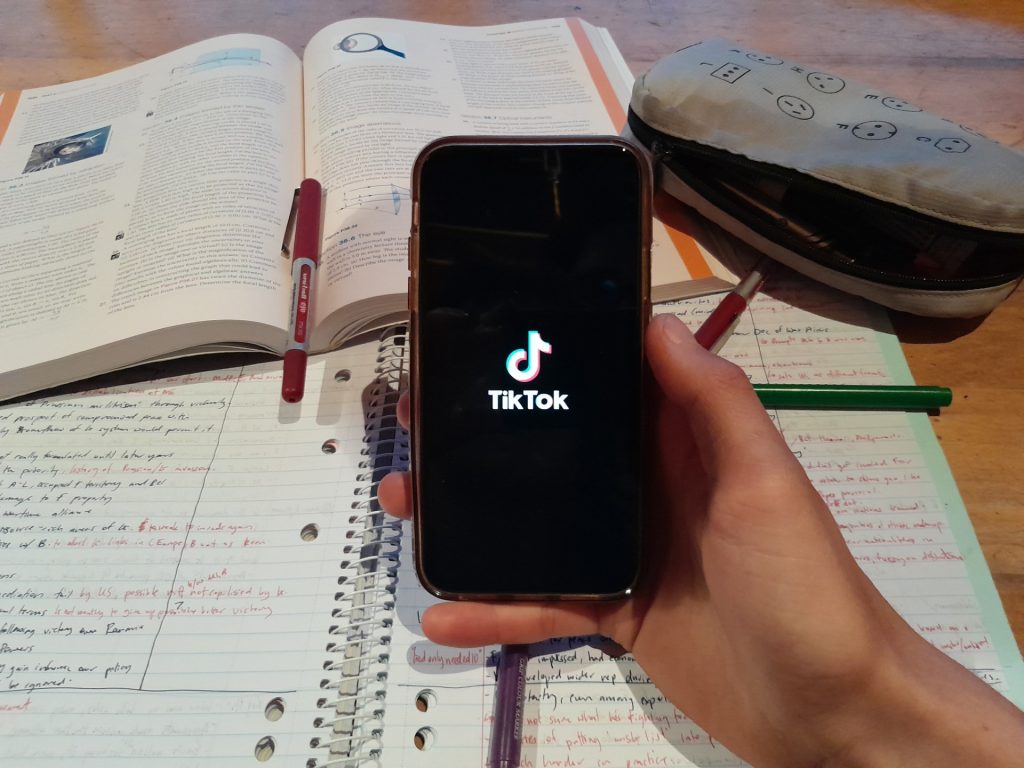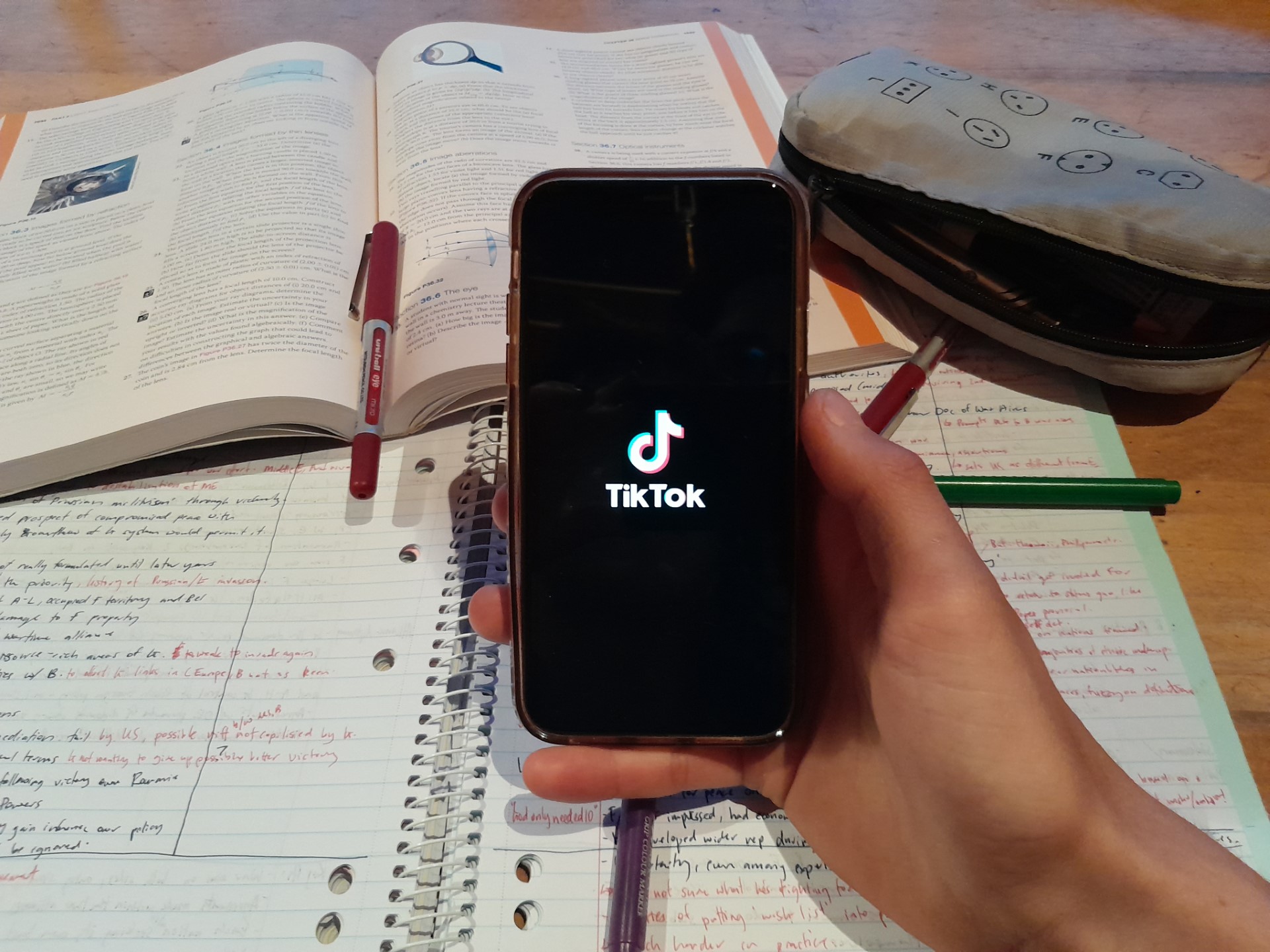After 20 years of trying to explain why her normal did not match anybody else’s normal, Jas Mcintosh found the answer thanks to social media.
The discovery of her neurodivergence was a long time coming.
Neurodivergent is a term used to describe neurological differences in the human brain and can cover conditions such as dyslexia, dyscalculia (difficulty with number-based information), attention deficit hyperactivity disorder (ADHD) and autism spectrum disorder (ASD).
The University of Otago student was diagnosed with ADHD and ASD in 2021 after a long struggle with mental health.
‘‘My normal was not somebody else’s normal, and I couldn’t really comprehend that.’’
She had undergone many different therapies and was dedicated to making them work, but they had little impact.
‘‘I started seeing things on social media [about ADHD and ASD] . . .there was one particular thing that really resonated with me [and] I was like ‘oh, hang on a minute’.’’
She spent the next few months researching the experiences of others with the conditions.
‘‘It kind of just kept coming together and there were things that just kept being explained.’’
Being able to form a diagnosis was ‘‘quite liberating’’, Ms Mcintosh said. Previously, she had been told by a medical professional she could not have ADHD because she was not male. Social media could abolish these stereotypes of certain conditions, she said.
‘‘The more people talk about their experiences . . .someone ignorant can’t explain it away.’’ She saw value in seeking support without pursuing a formal diagnoses. ‘‘Like dipping your toes in the water, seeing what it’s like, seeing how it feels.’’
Ms Mcintosh could see how some people would label the increase in the number of neurodiverse people as a trend.
‘‘There’s the other side, where. . .it’s not a trend, it’s always been there, it’s just people actually opening up the dialogue and showing that there are more people out there.’’
Royal Australian and New Zealand College of Psychiatrists NZ branch chairman Dr Hiran Thabrew agreed social media had prompted further discussion about mental health.
‘‘We certainly know that the rise in popularity of video platforms like TikTok . . .has increased access to information about wellbeing and health issues,’’ Dr Thabrew said.
‘‘I see that as a great thing, considering we’ve gone through many generations when no-one even talks about these things.’’
Sharing lived experience established peer support among an online community.
The biggest risk of harm through the use of social media was the possibility of misdiagnosis, Dr Thabrew said.
‘‘We know that social media algorithms curate and serve content tailored to one’s preference.
‘‘Essentially, if you click on something, you can get more of that . . .it can increase the risk of confirmation bias.’’
This could lead people down the wrong path, he said.
Misdiagnosis could lead to mismanagement — a person not taking correct steps to manage a condition.
He acknowledged the underlying issue of selfdiagnosis was New Zealand’s strained health system.
Long-term workforce shortages and increased demand for mental health services, particularly for young people, led to overwhelmed health services.
‘‘People who tend to enter the mental health system tend to be very unwell.’’
Those who did not need significant help were not as likely to be able to access support, he said.
‘‘We know we definitely need to increase our ability to support people as they become more aware about things going on with themselves.’’

To him, it was always better for someone to come forward with an idea of what might be happening, rather than not recognising a possible condition. ‘‘People are coming in more informed . . .it’s actually very helpful most of the time,’’ Dr Thabrew said.
Dunstan High School guidance counsellor Julie Williamson said social media had a marked impact on how pupils viewed neurodivergence.
‘‘Social media has been really good at increasing young people’s awareness of neurodivergence.’’
When she started at Dunstan High School 15 years ago, pupils ‘‘just thought they were different and didn’t fit in’’.
Now, there was more understanding among staff and management that not all pupils would fit into a single idea of ‘‘typical’’.
She was working with about five pupils who came to her to discuss potentially being neurodiverse.
She was worried about some young people being vulnerable to misinformation and deception online.
‘‘Sometimes it might be harmful, rather than helpful,’’ but ‘‘[awareness was] mostly a good thing’’, Mrs Williamson said.
She helped pupils communicate with teachers about what they needed to continue their learning journey.
‘‘It’s not something that we’re rescuing them from forever, we’re working towards . . .getting those skills so that they can adapt.’’
She did not believe the pupils who came to her were following a popular trend and could not see the advantage for a pupil who pretended to be neurodivergent.
‘‘Something I’ll say to teachers quite often is ‘why would a student choose to be different?’. I don’t think these sorts of things are a phase, it’s just who you are.’’





